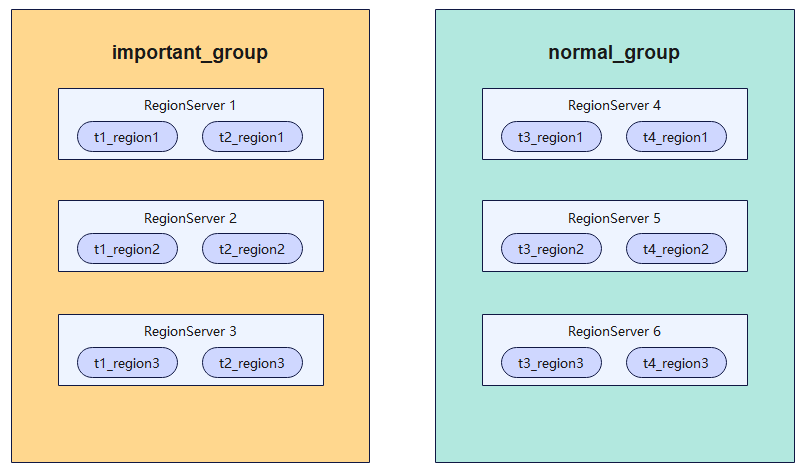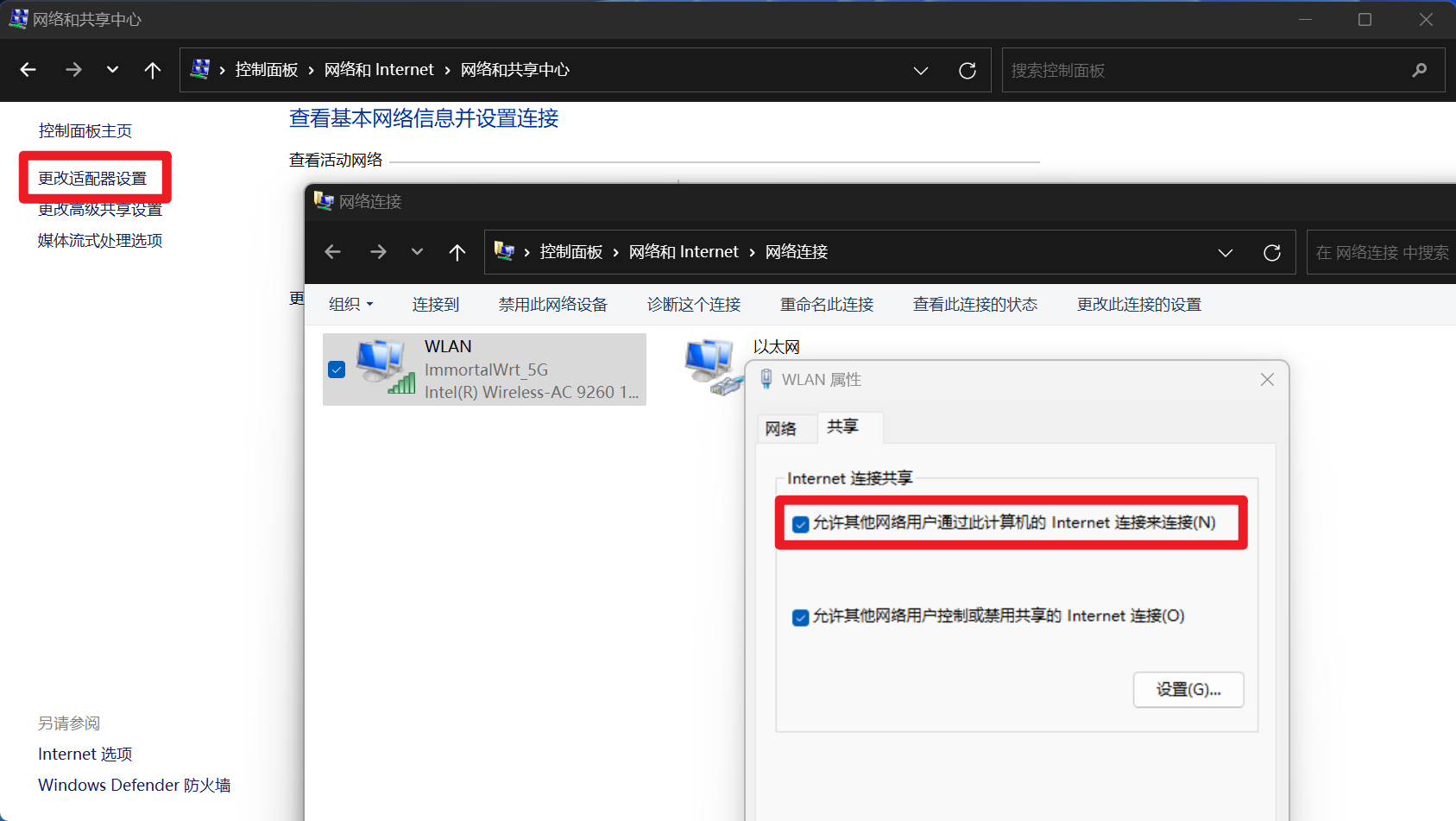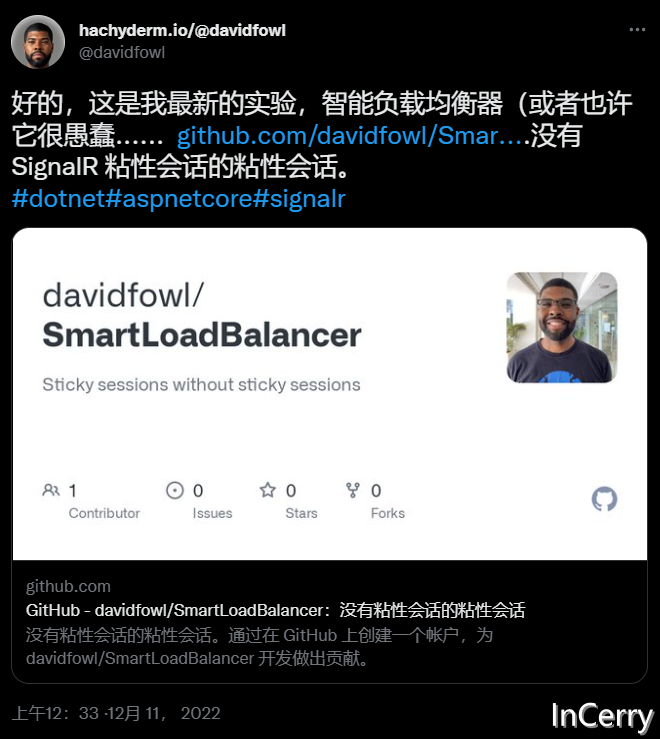1.父转子
// 父组件 <template> <div> <div> <p>{{ count }}</p> <Son :countFa="count"/> </div> </div> </template> <script setup> import { ref } from "vue"; import Son from "./son.vue"; const count = ref("我是父组件的值----- 100"); </script>
// 子组件 <template> <div> <div> <div>{{ countFa }}</div> </div> </div> </template> <script setup> import { ref } from "vue"; const count = ref(790); const props = defineProps({ countFa: String, }) </script>
2.子传父
// 父组件 <template> <div> <div> <p>{{ count }}</p> <Son @changeData="changeData"/> </div> </div> </template> <script setup> import { ref } from "vue"; import Son from "./son.vue"; const count = ref("我是父组件的值----- 100"); const changeData = (val) => { console.log(val.value); } </script>
// 子组件 <template> <div> <div> <div>{{ count }}</div> <div> <button @click="getClick">button</button> </div> </div> </div> </template> <script setup> import { ref, defineEmits } from "vue"; const count = ref(790); const emits = defineEmits(["changeData"]); // 声明触发事件 childClick // 子组件触发父组件方法 const getClick = () => { count.value++; emits("changeData", count); }; </script>
3.父组件调用子组件方法
// 父组件 <template> <div> <div> <p>{{ count }}</p> <button @click="handleClick">点击调用子组件方法</button> <Son ref="sonRef" /> </div> </div> </template> <script setup> import { ref } from "vue"; import Son from "./son.vue"; const count = ref("我是父组件的值----- 100"); const sonRef = ref(null); const handleClick = () => { sonRef.value.show(798); }; </script>
// 子组件 <template> <div> <div> <div>{{ count }}</div> </div> </div> </template> <script setup> import { ref, defineExpose } from "vue"; const count = ref(790); const show = (val) => { console.log("我是父组件调用子组件的方法", val); }; defineExpose({ // 这个要加 show, }); </script>
你可以通过在生命周期钩子前面加上 “on” 来访问组件的生命周期钩子。
下表包含如何在 setup () 内部调用生命周期钩子:
beforeCreate -> setup()
created -> setup()
beforeMount -> onBeforeMount
mounted -> onMounted
beforeUpdate -> onBeforeUpdate
updated -> onUpdated
beforeDestroy -> onBeforeUnmount
destroyed -> onUnmounted
activated -> onActivated
deactivated -> onDeactivated
errorCaptured -> onErrorCaptured
模板Refs
通过ref()函数还可以引用页面上的元素或组件
使用步骤:
1、在setup()中创建一个ref对象并返回它
2、在页面上为元素添加ref属性,并设置属性值与创建的ref对象的名称相同
3、当页面渲染完成后,可以通过该ref独享获取到页面中对应的DOM元素
























